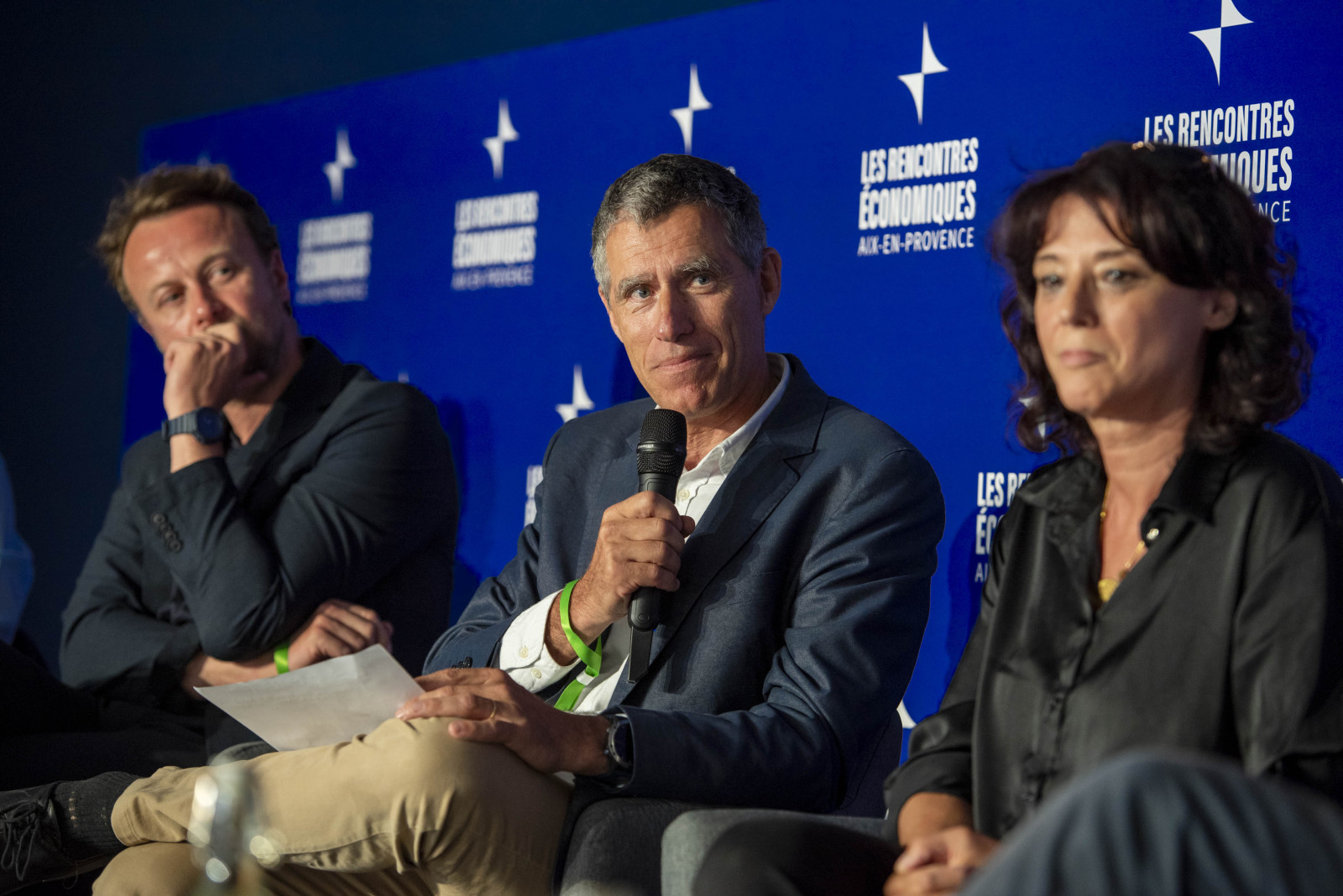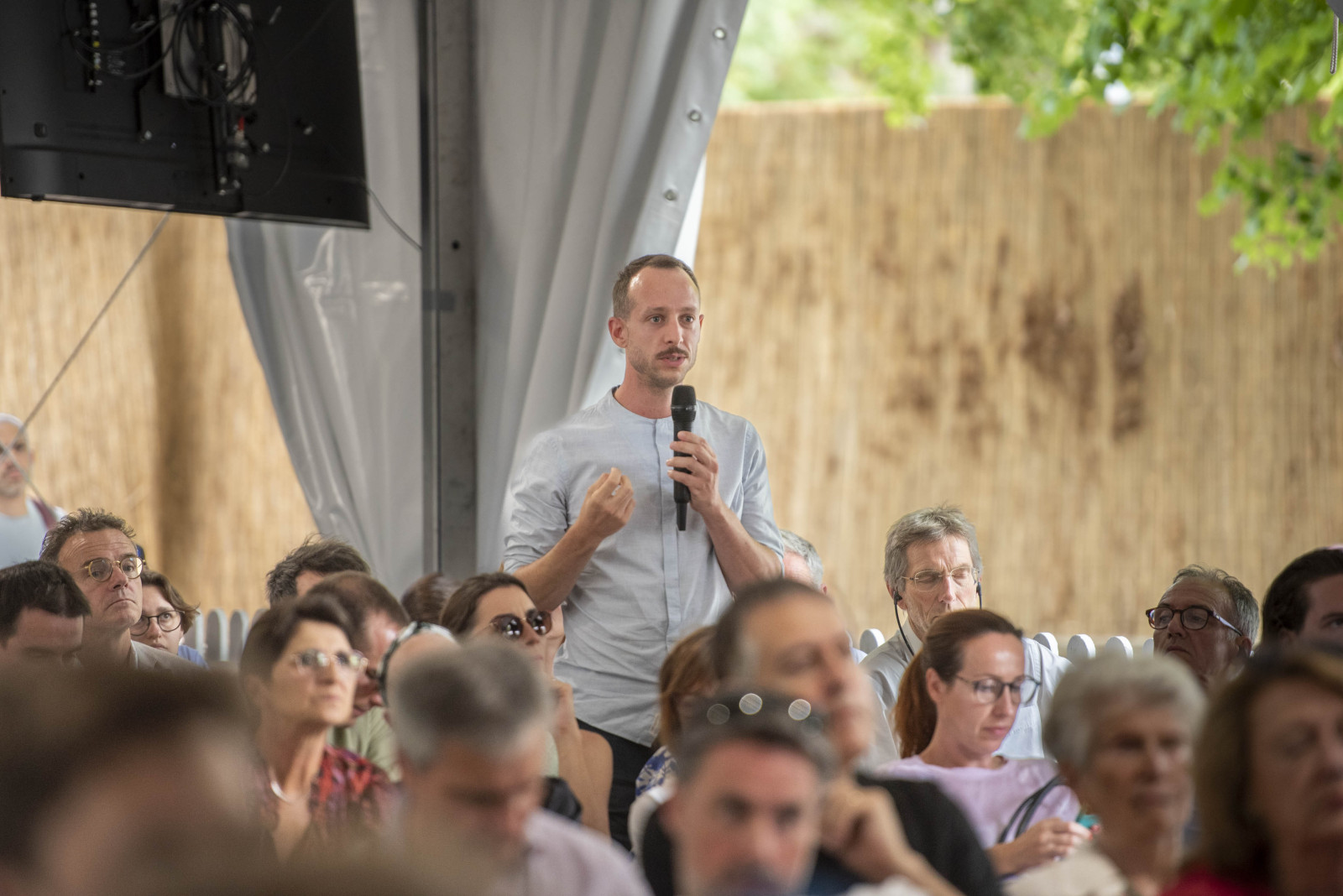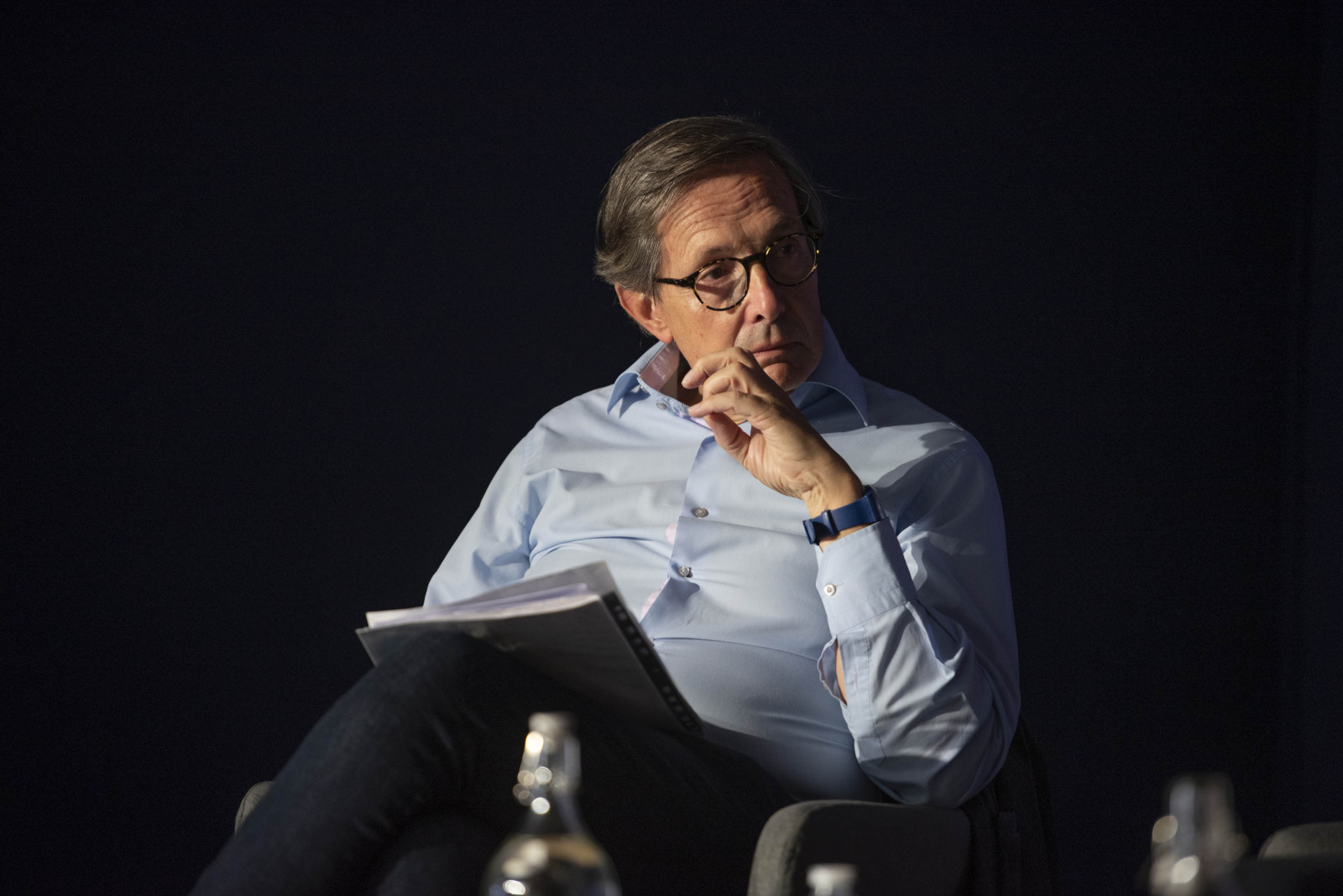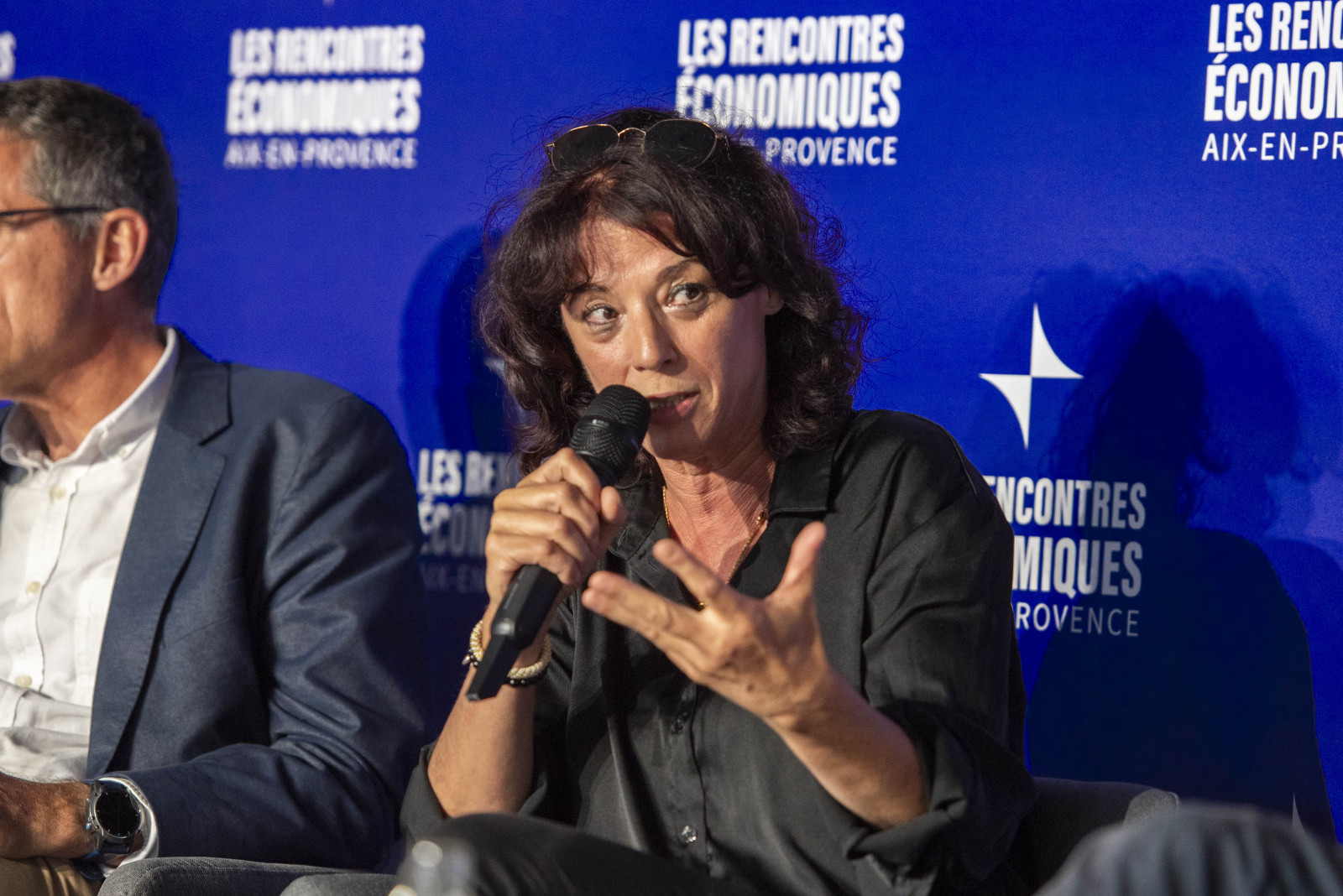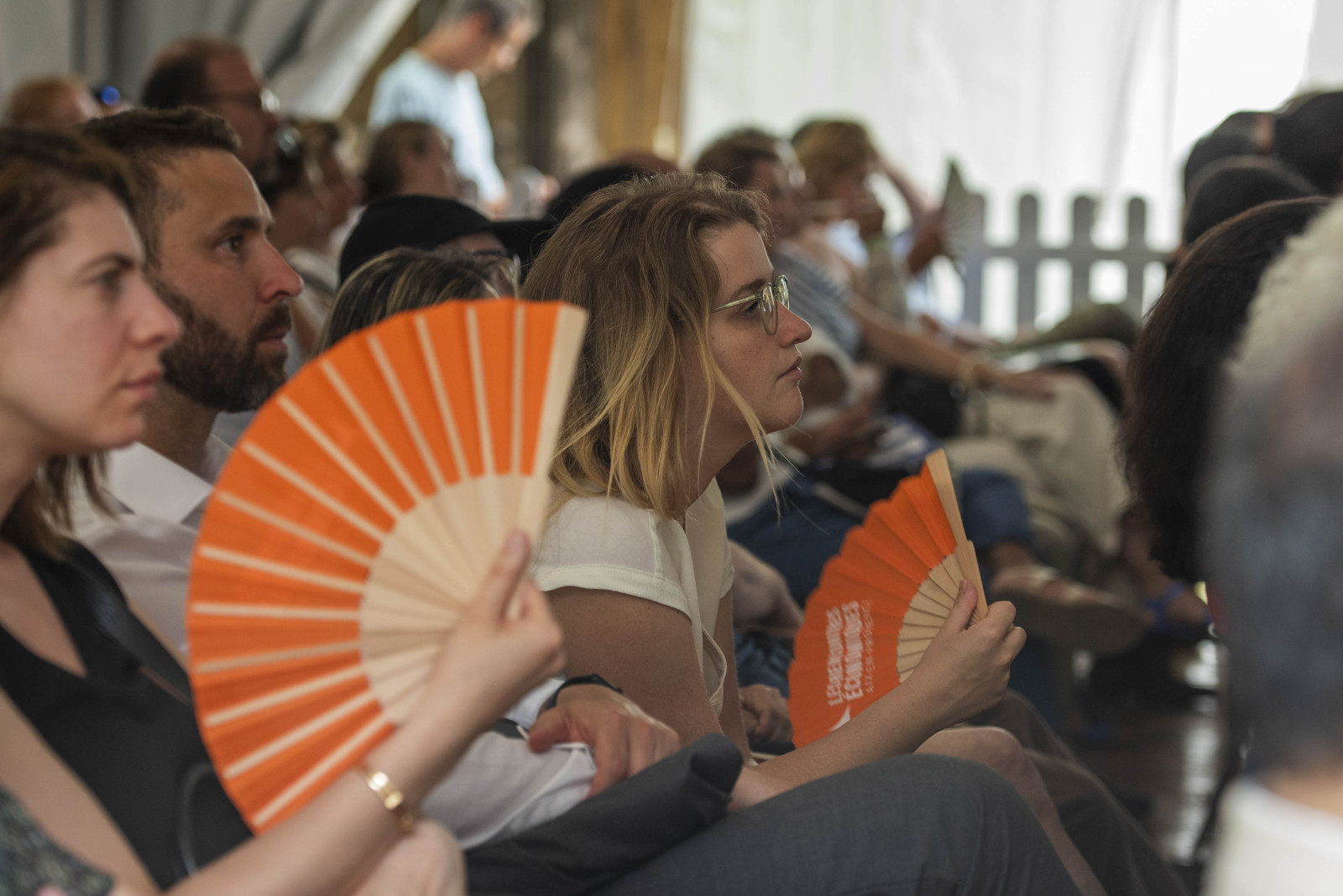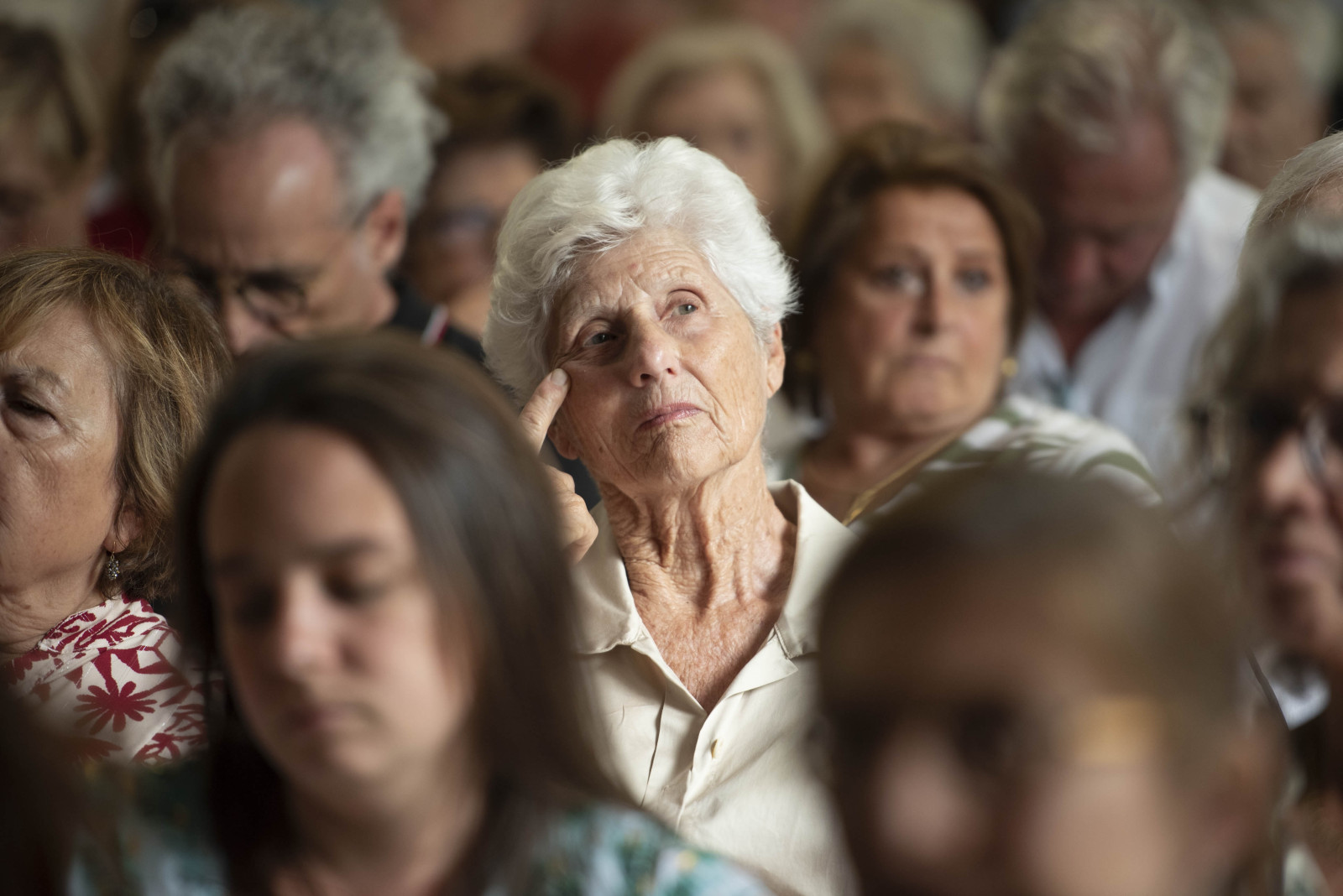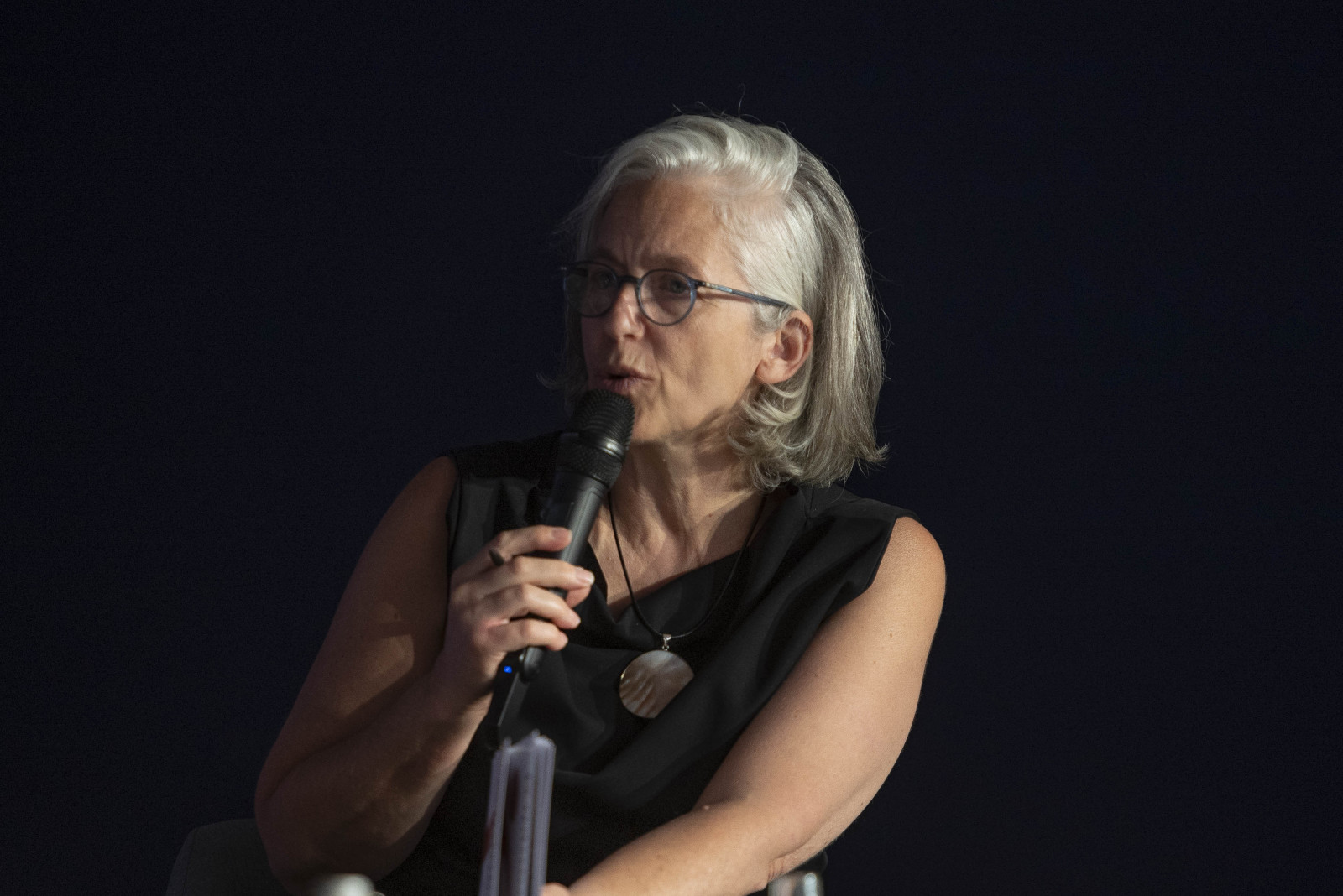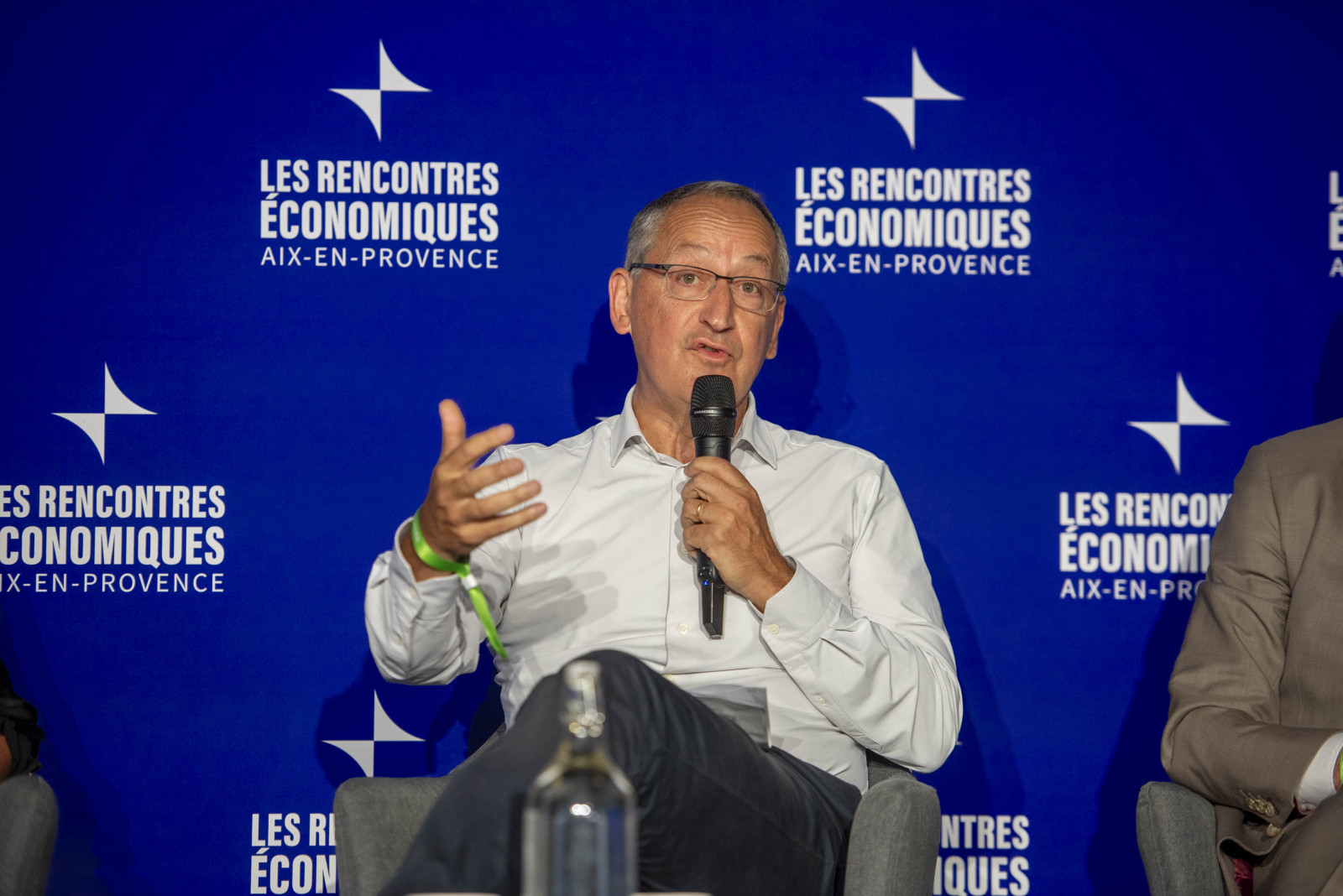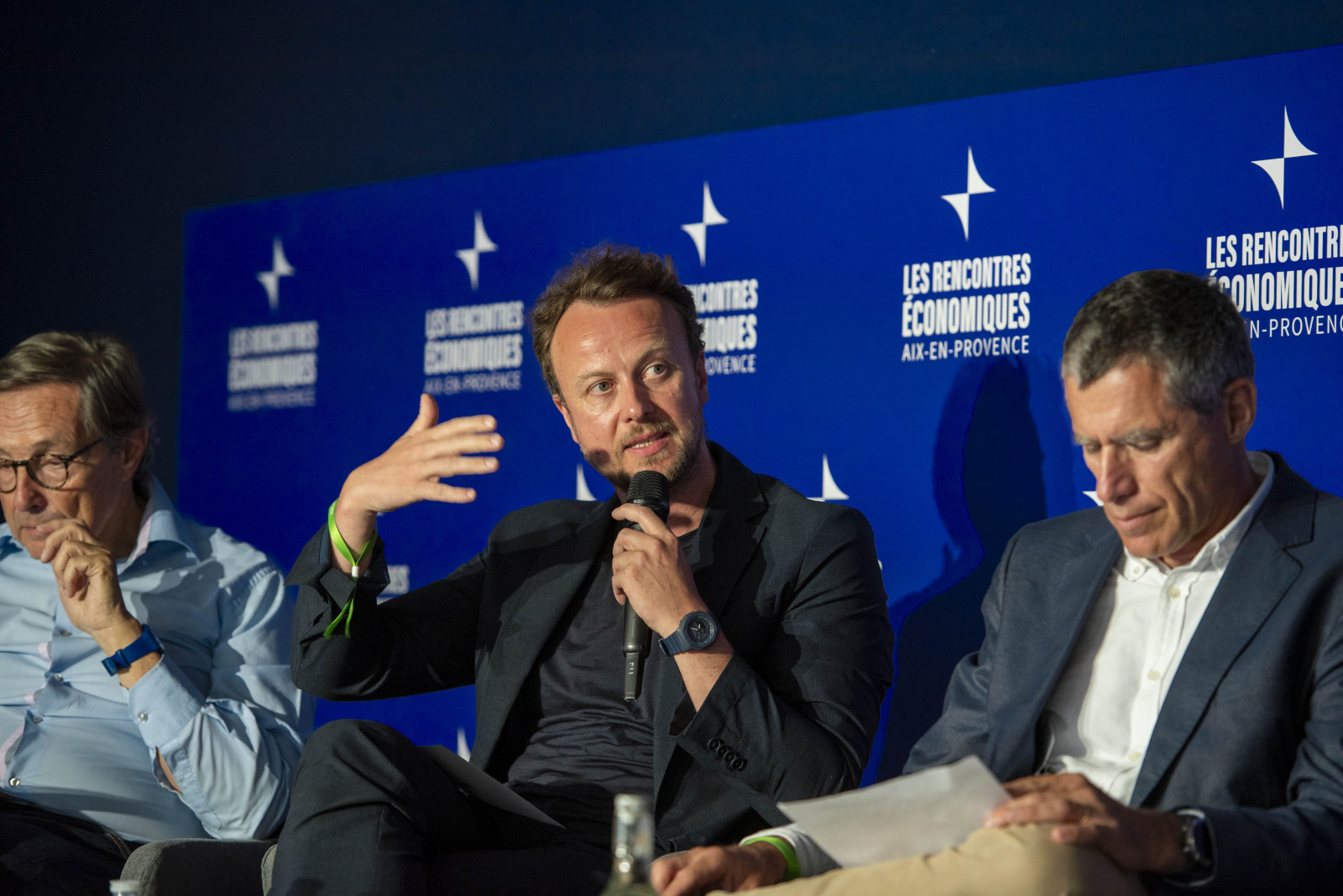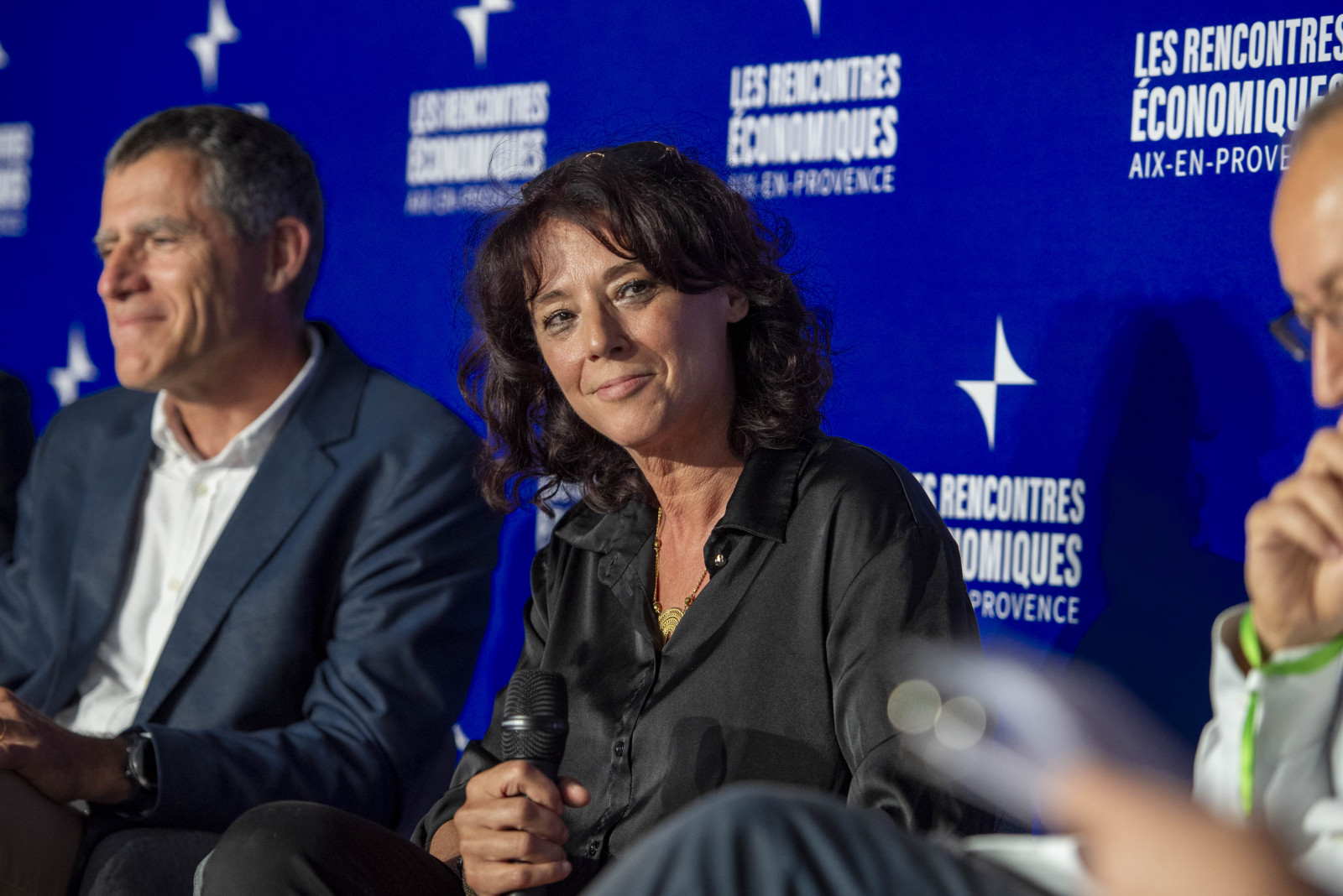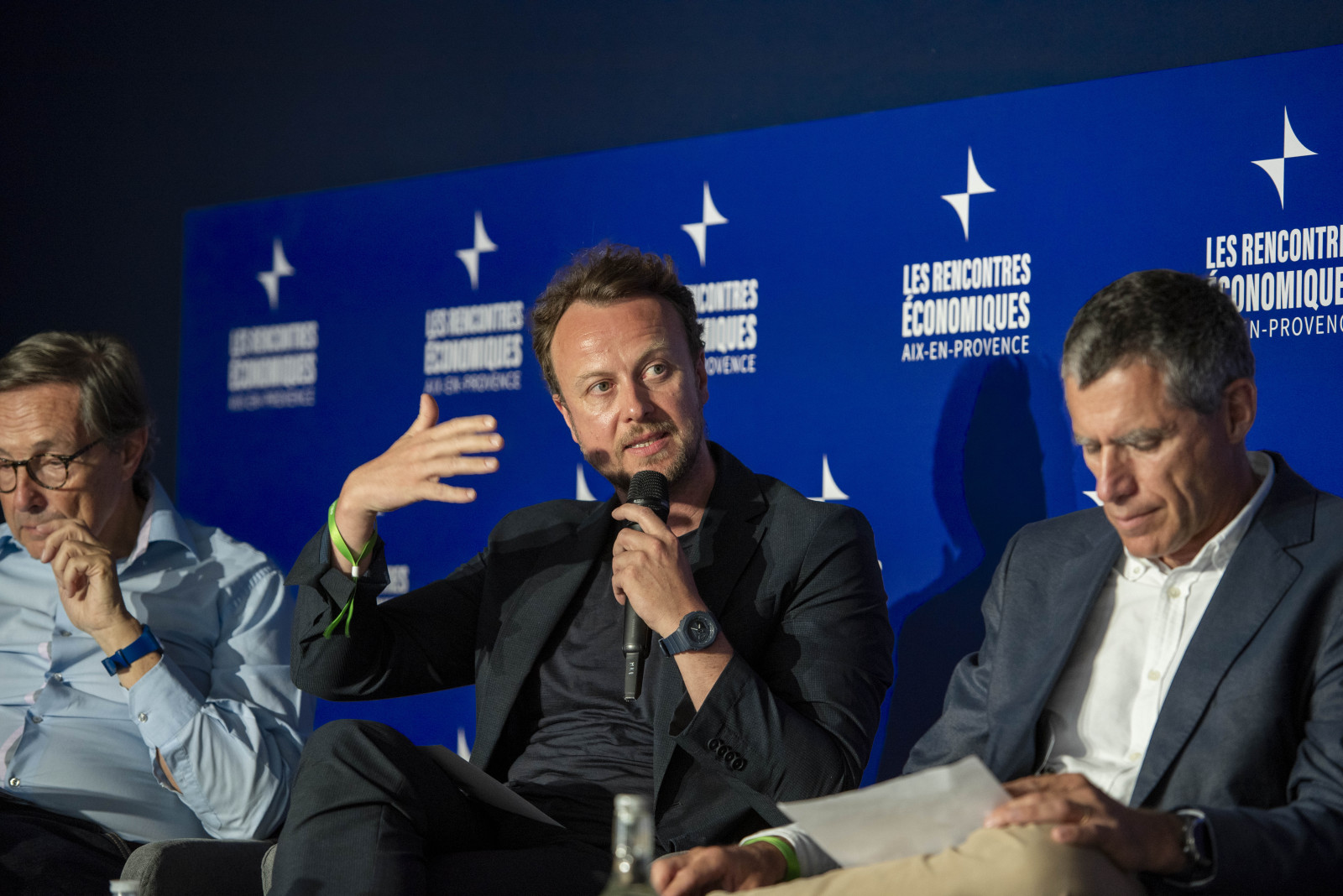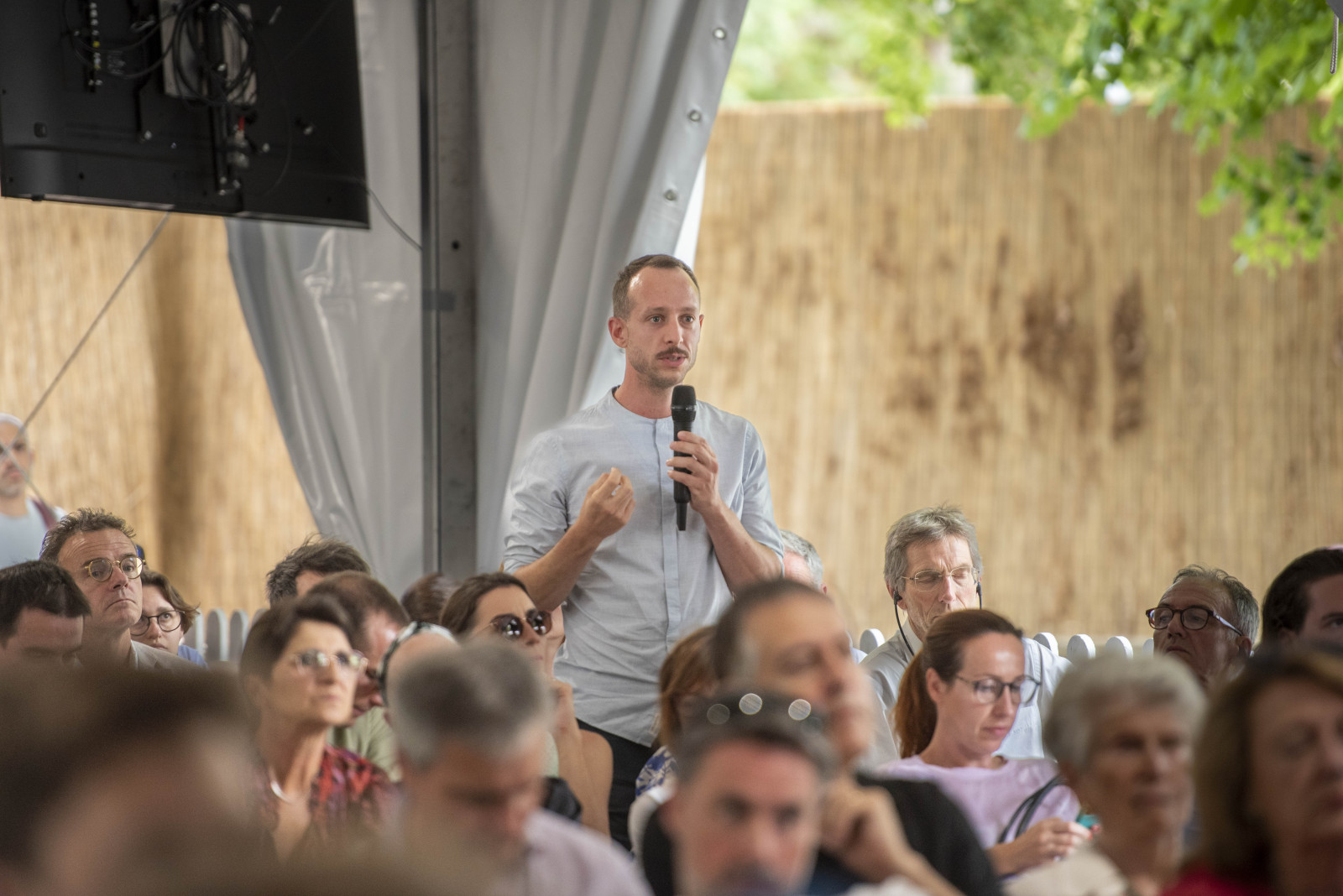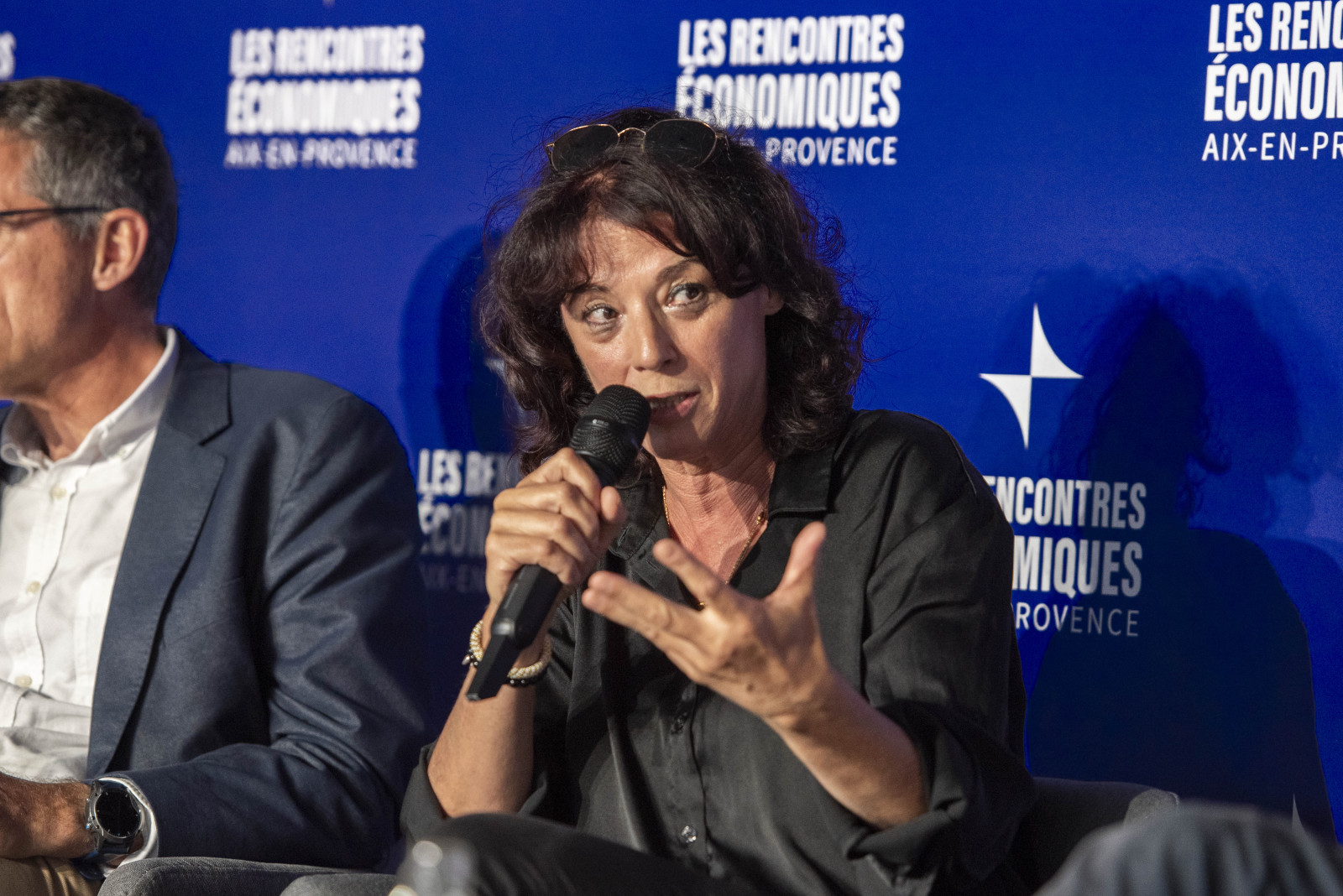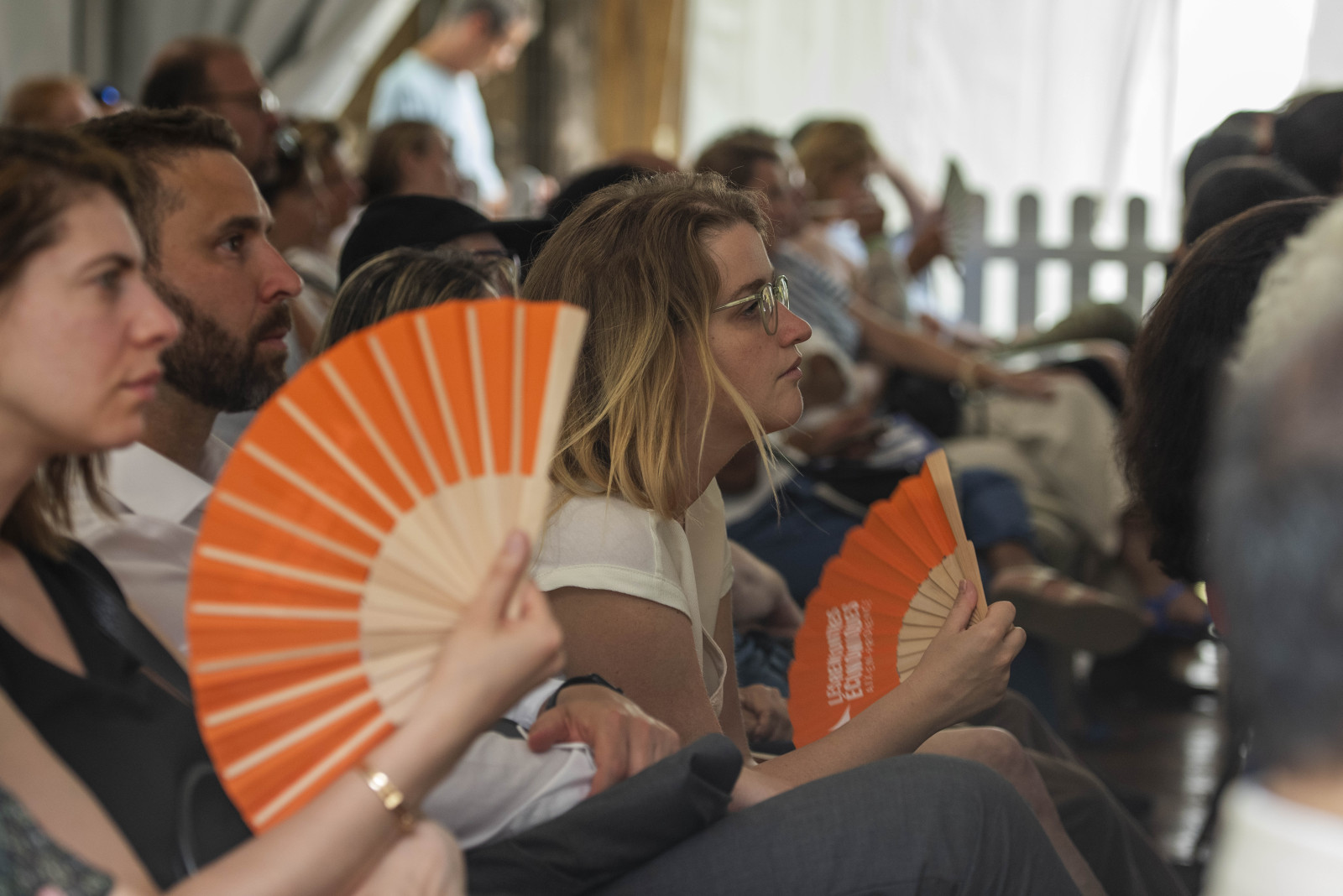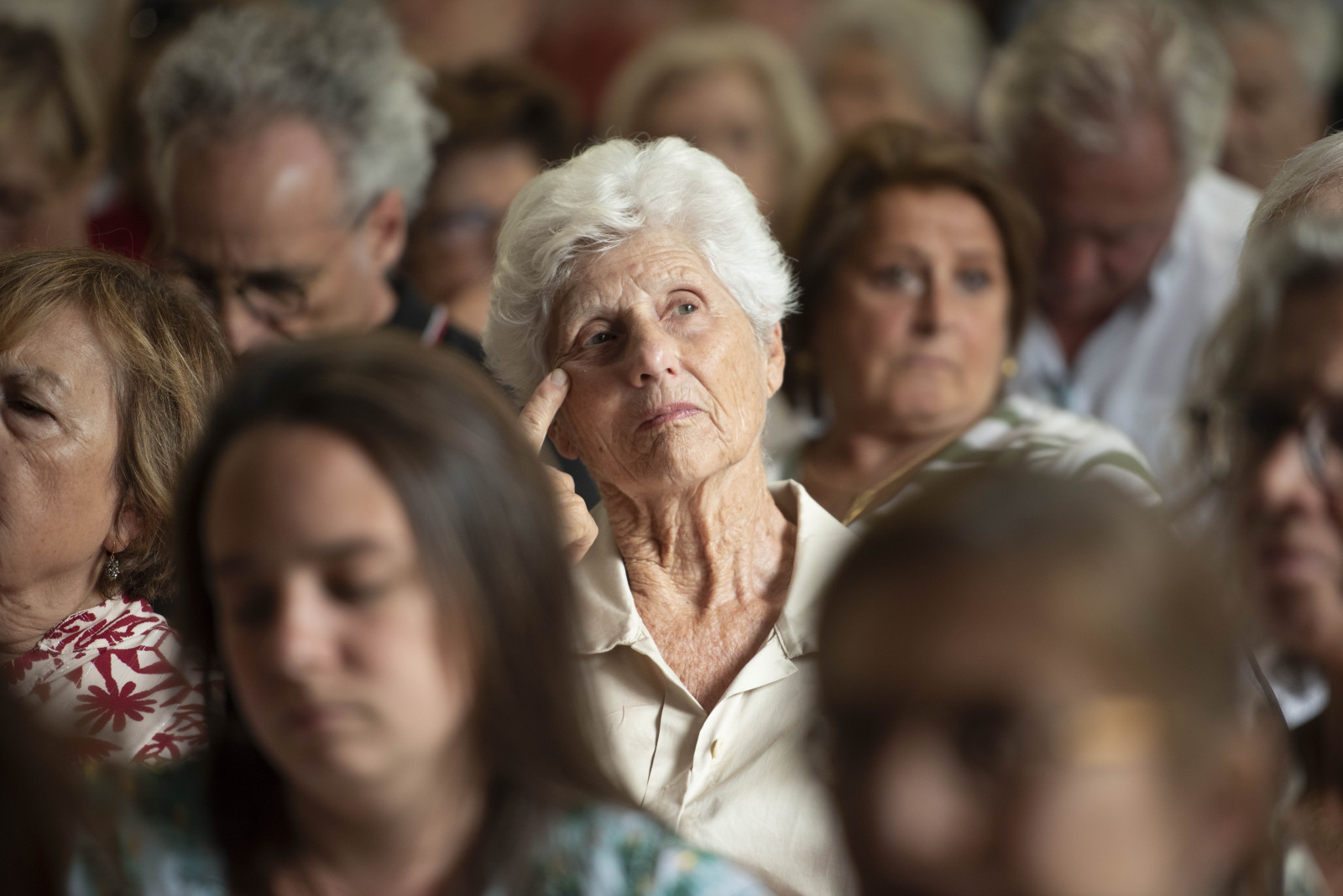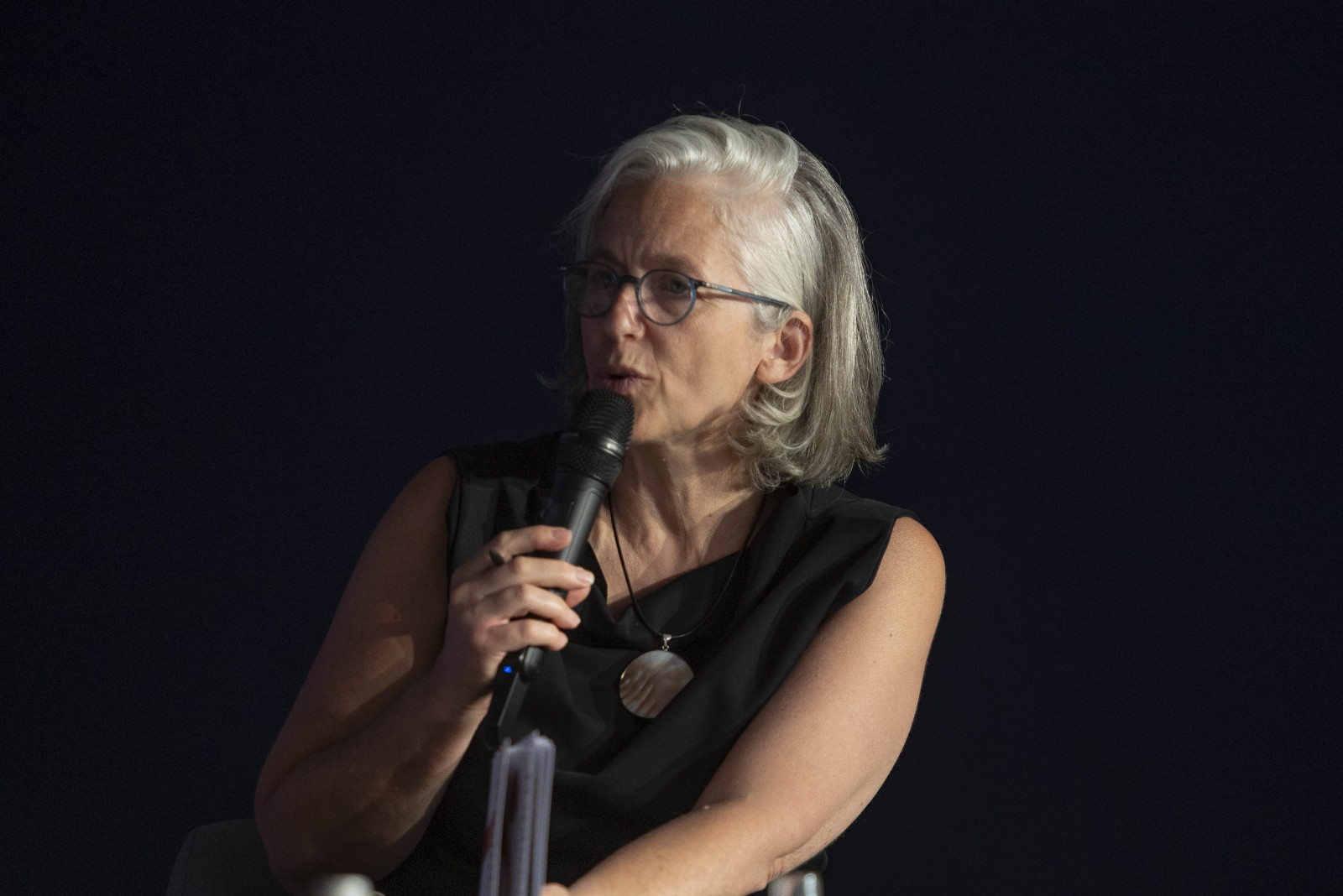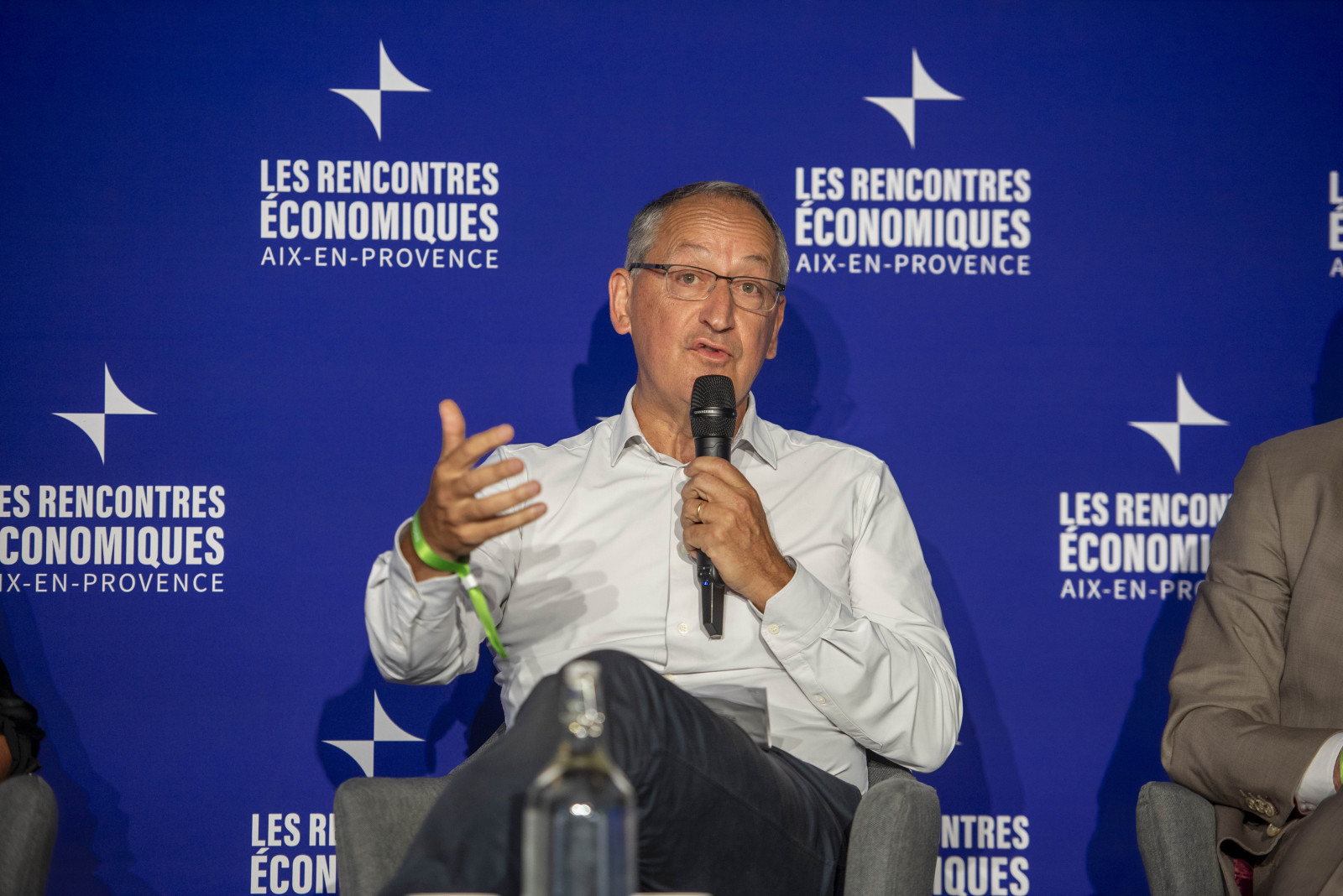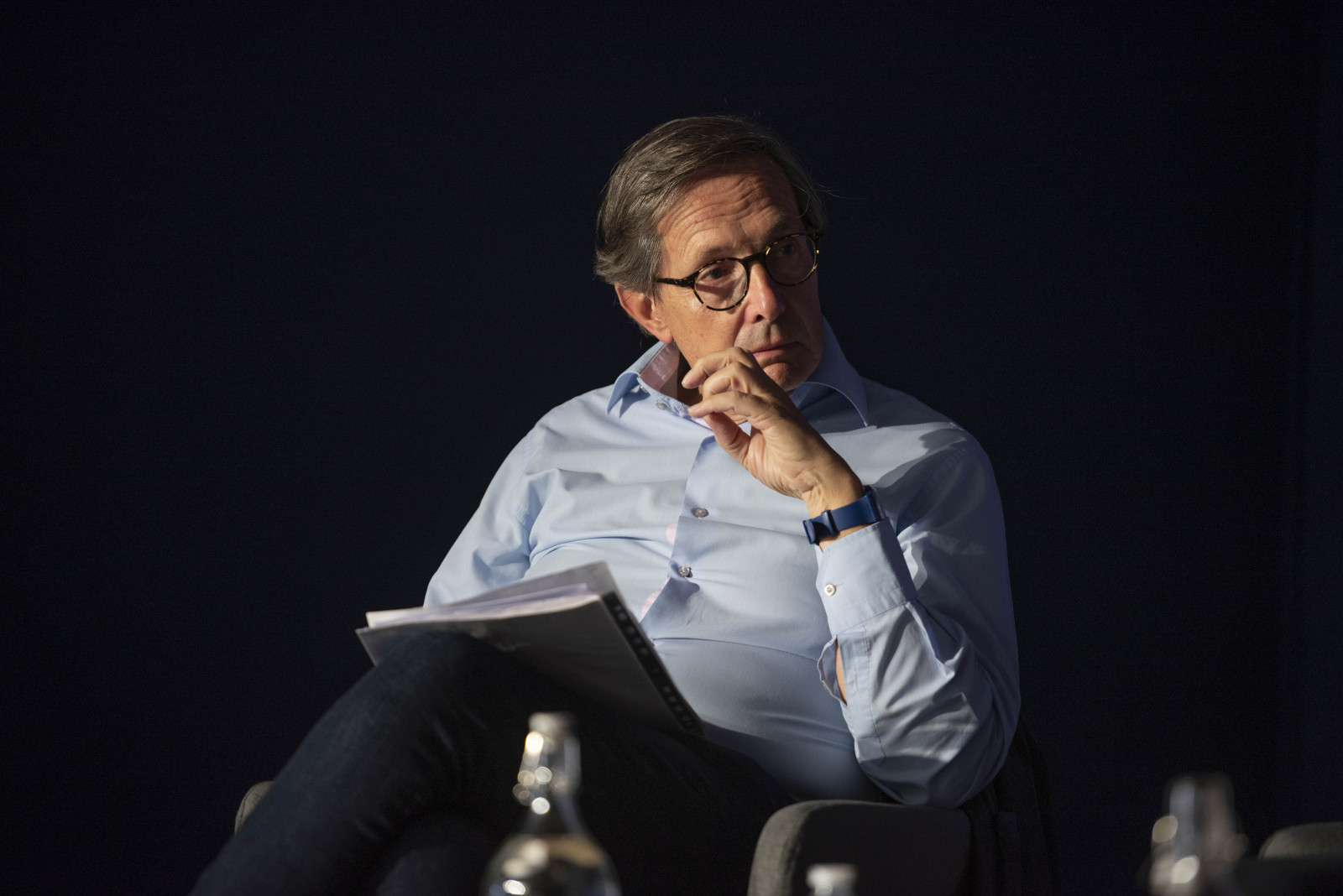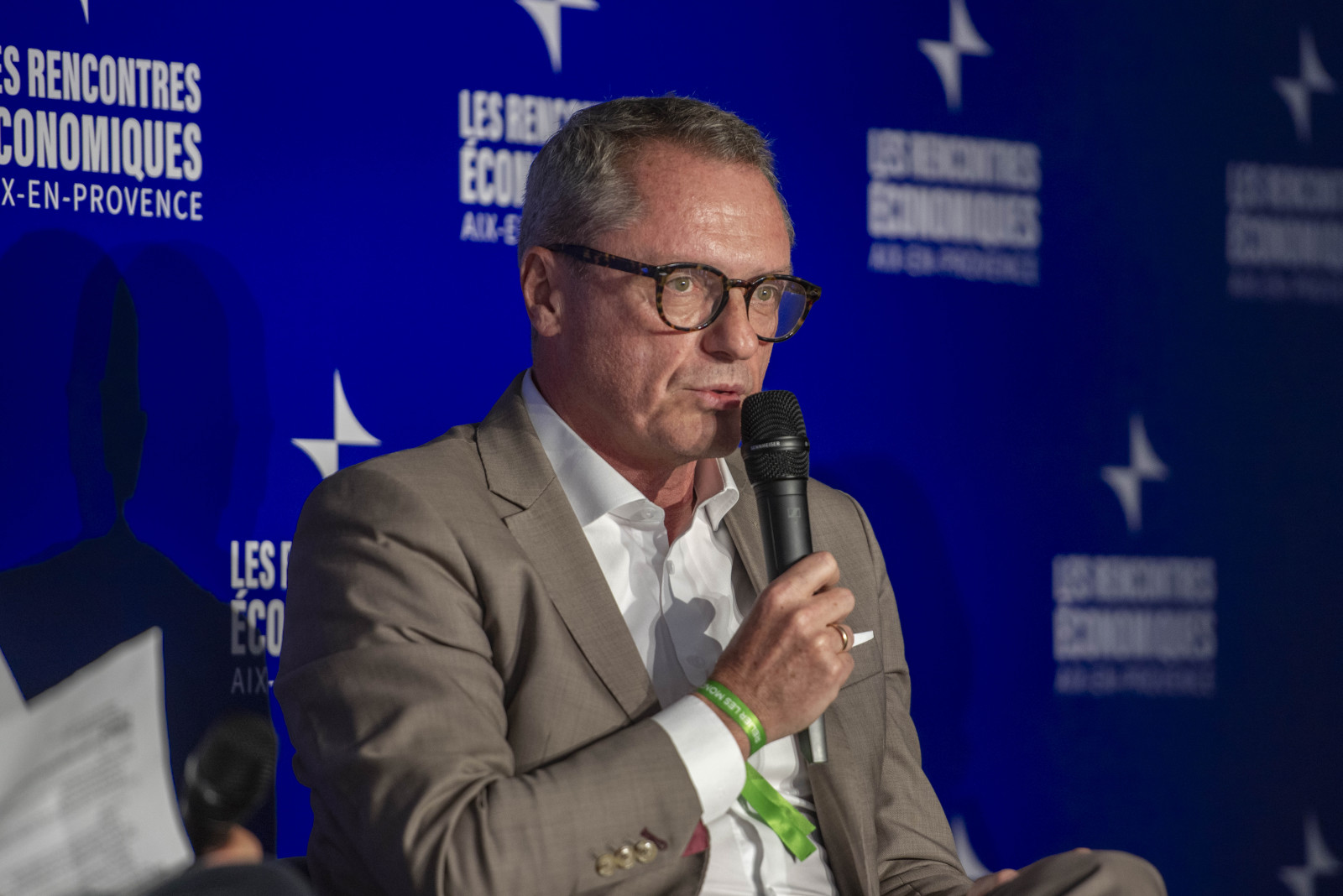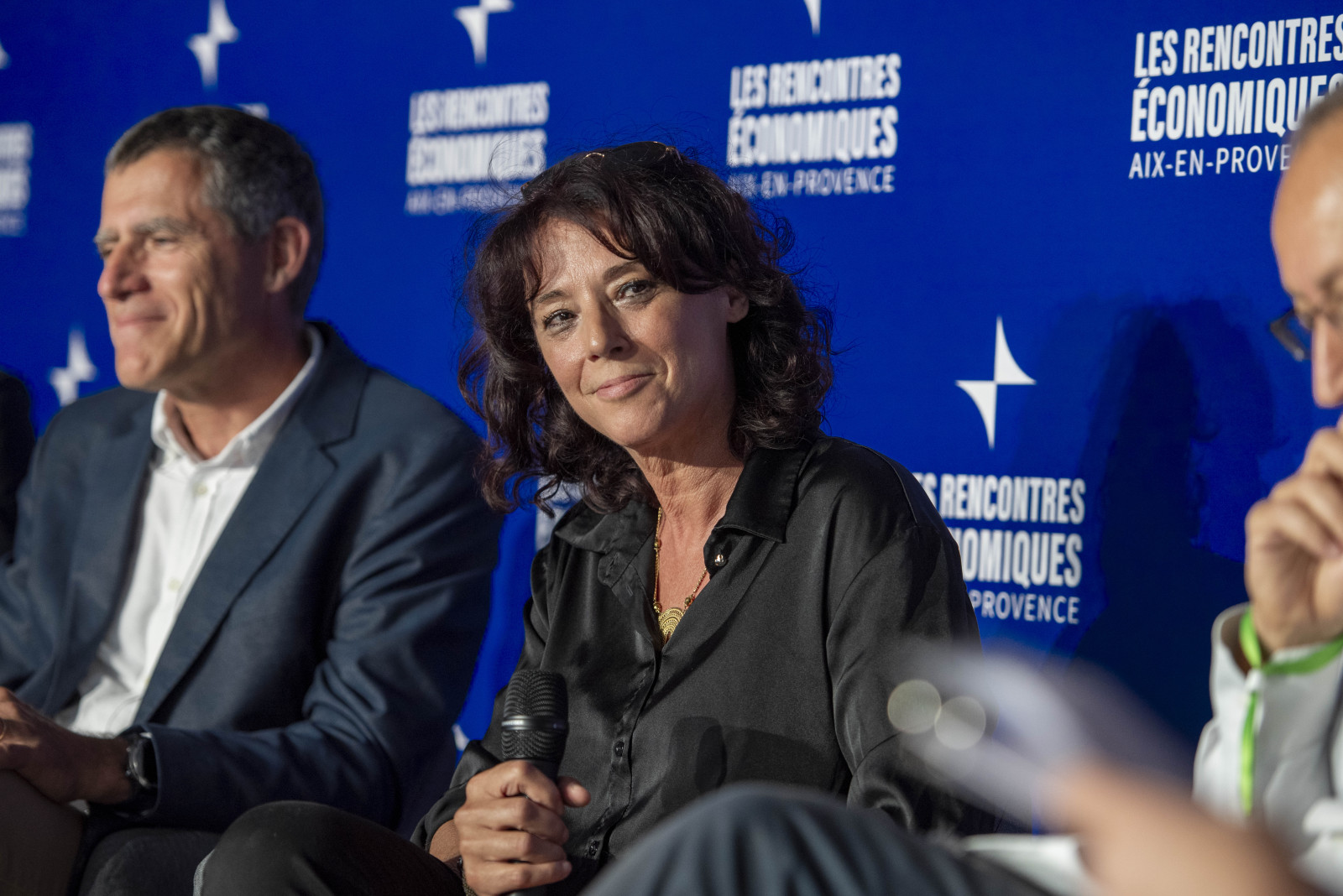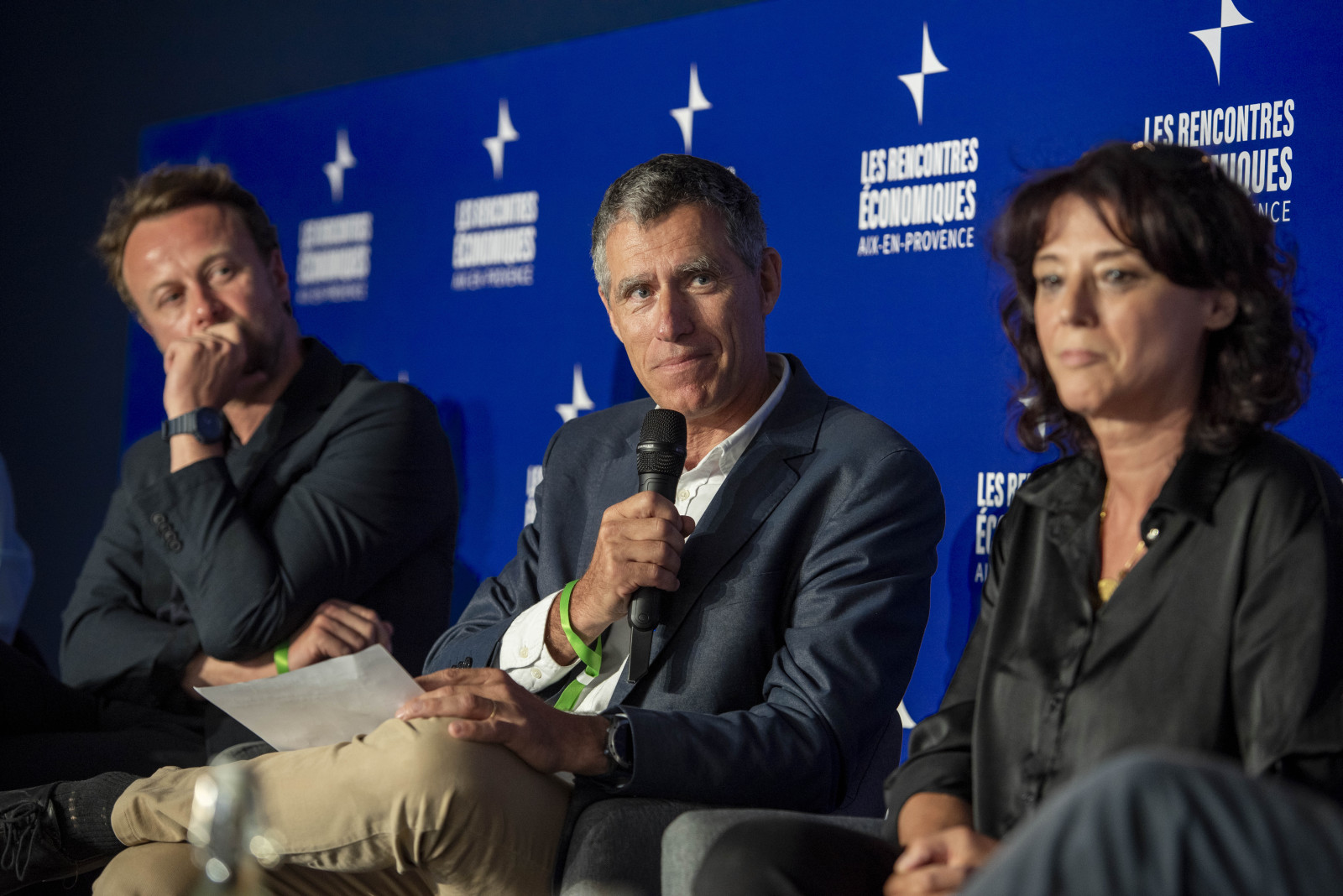Hell, under the paving stones ! How to live under 50° ?
Overview
In 2022, the global average temperature rose by 1.26°C compared with the pre-industrial era. The years 2015-2022 were the eight hottest on record since 1800. Warming has been noticeable since 1980 and has accelerated since 2000.
Temperatures could rise again by 1.5°C to 4°C by 2100 compared with the 1976-2005 period. Episodes lasting a few days at 50°C could then occur in Europe.
These scenarios include a significant rise in mean sea level, due both to melting glaciers and to expansion caused by rising water temperatures – up to 38% for the latter, according to IPCC 2022. Coastlines will continue to recede.
Anticipation of the continuation/acceleration of global warming raises many questions: what impact will it have on the daily lives and health of people south of the London-Berlin-Warsaw line? Particularly if episodes of heat in excess of 40°C were to last for several weeks; how can infrastructures and housing be adapted to these recurring episodes of extreme heat? What kind of renovation program can be considered for all existing buildings over a three-decade period, and in what form? How do overwhelming heatwave episodes affect agricultural production and food distribution, and the availability and quality of water resources? What policy should be adopted to protect forests and build water retention dams? What kind of water pricing policy can be envisaged for different temperatures? How can populations prepare for and react to natural disasters potentially aggravated by extreme temperatures? What changes should be made to ecological planning, civil protection organization, etc.? What kind of containment policy can and should be contemplated for sensitive areas?
Speakers


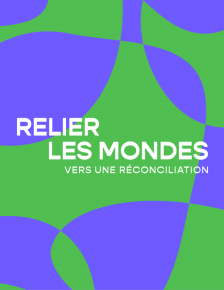
-
Région Sud


Coordinator

Moderator

Photo gallery
